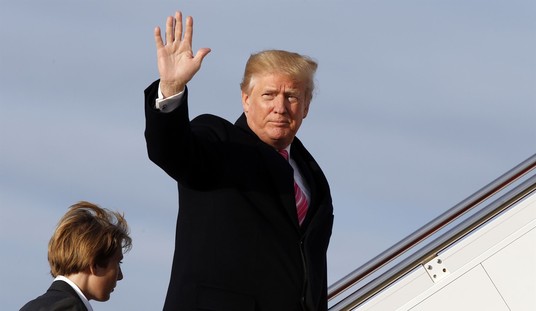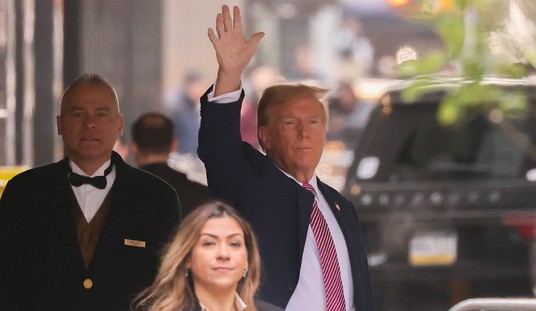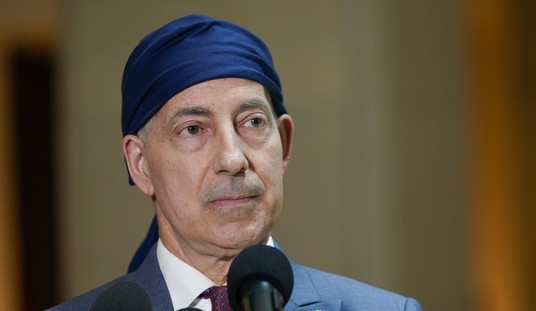On November 4, 1956, Soviet tanks rumbled through the ancient cobblestone streets of Budapest, crushing a true “people’s revolution” that had wrested control of Hungary from Soviet stooges and thugs.
The drama began in late October with spontaneous demonstrations by students and intellectuals against Soviet tyranny. The Soviets immediately unleashed their forces in the country, battling revolutionaries in several major cities. The escalation of violence eventually toppled the regime of Mátyás Rákosi, replacing the Communist dictator with Imre Nagy, who became Prime Minister and János Kádár First Secretary of the Communist Party. Revolutionaries began an aggressive offensive against Soviet troops and the remnants of the Hungarian army still loyal to Rakosi.
Nagy announced a liberalization program that allowed for the formation of non-Communist parties, the unmuzzling of the press, and the start of negotiations that would lead to the withdrawal of all Soviet troops.
But on November 1, Nagy signed his death warrant by announcing Hungary’s withdrawal from the Warsaw Pact. Soviet forces, which had largely vacated the capitol, came roaring back in on November 4 and after 6 days of mostly one sided fighting, had broken the back of the revolution and installed a new government with Kadar, who had broken with Nagy over the plan to withdraw from the Warsaw Pact, as prime minister. Nagy, who had taken refuge in the Yugoslav embassy, was given safe passage out of the country by Kadar. He was arrested by the Soviets upon leaving the embassy, tried in secret, and executed.
That’s the thumbnail version of events. But for my fiance Zsusanna, the uprising became a lot more personal. Her father, a high ranking officer in the Hungarian air force, had joined the revolutionaries and became a marked man. On November 4, a friend tipped him off that the secret police were on their way to arrest him. He gathered his wife and 7 children, escaping their home in the middle of the night as the police were rounding up some of his neighbors down the block.
What happened next would make a glorious Hollywood movie — if the reality of what the young family experienced wasn’t so frightening. Making their way through the deserted streets of Budapest, their first goal was to find a way out of the city. They could feel the ground shake as tanks rolled up and down the broad avenues of the city, looking for targets. With the help of some friends, they managed to evade Soviet patrols and start the long, 100-plus mile journey to the Austrian border — on foot.
Sue, who was three years old at the time, doesn’t remember much. Another family member recalls being cold and hungry all the time, hiding in haystacks and deserted farm houses, and being constantly told by their parents to be quiet.
It seems impossible that a mother and a father managed the trek with 7 children under the age of 10. But they did. After many days, the family finally reached the Austrian border and joined 200,000 of their fellow countrymen in refugee camps. Her father’s position in the military made him a valuable refugee and the US government put him on the fast track to America where he settled in Ohio, taking a job with a defense contractor.
There are thousands of similar stories of Hungarians fleeing for their lives and eventually making it to America. There were also many thousands who paid with their lives for daring to challenge Soviet supremacy. For all of them — and for Eastern Europe — the events of October-November 1956 became an inspiration of what a people could accomplish when they yearned to be free.









Join the conversation as a VIP Member